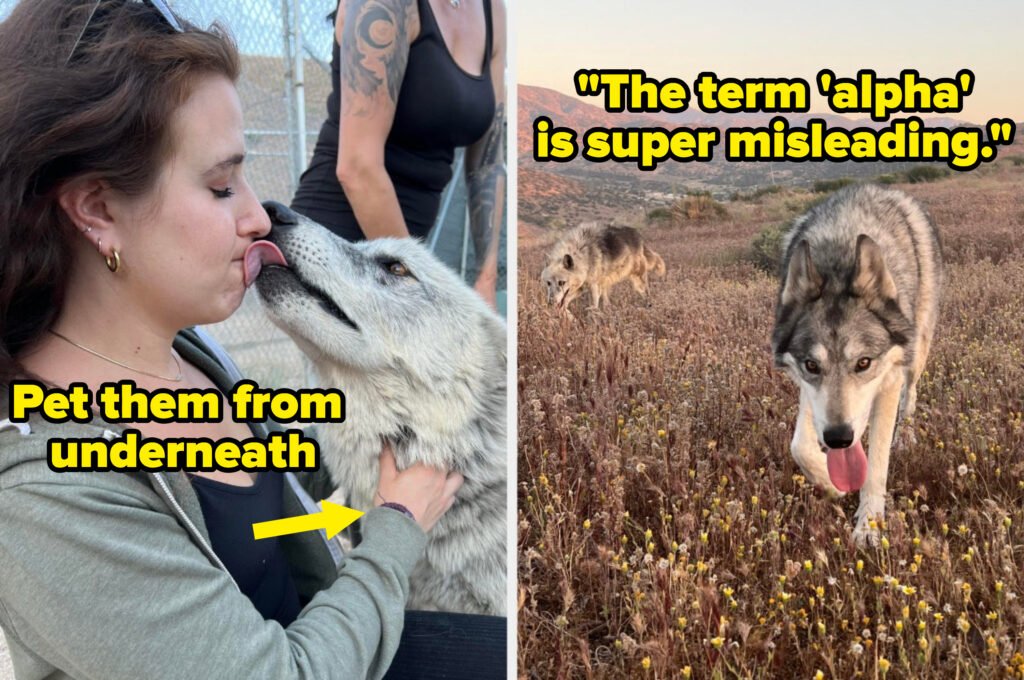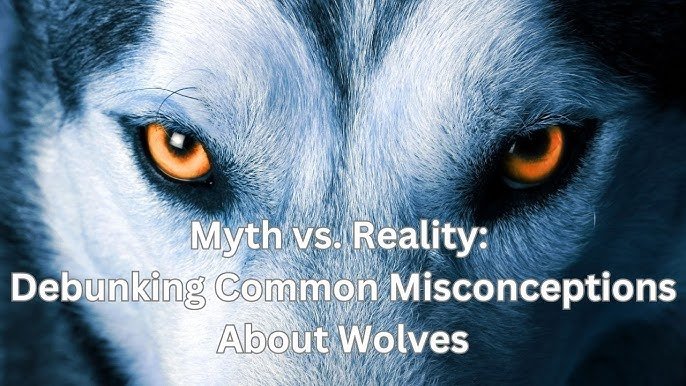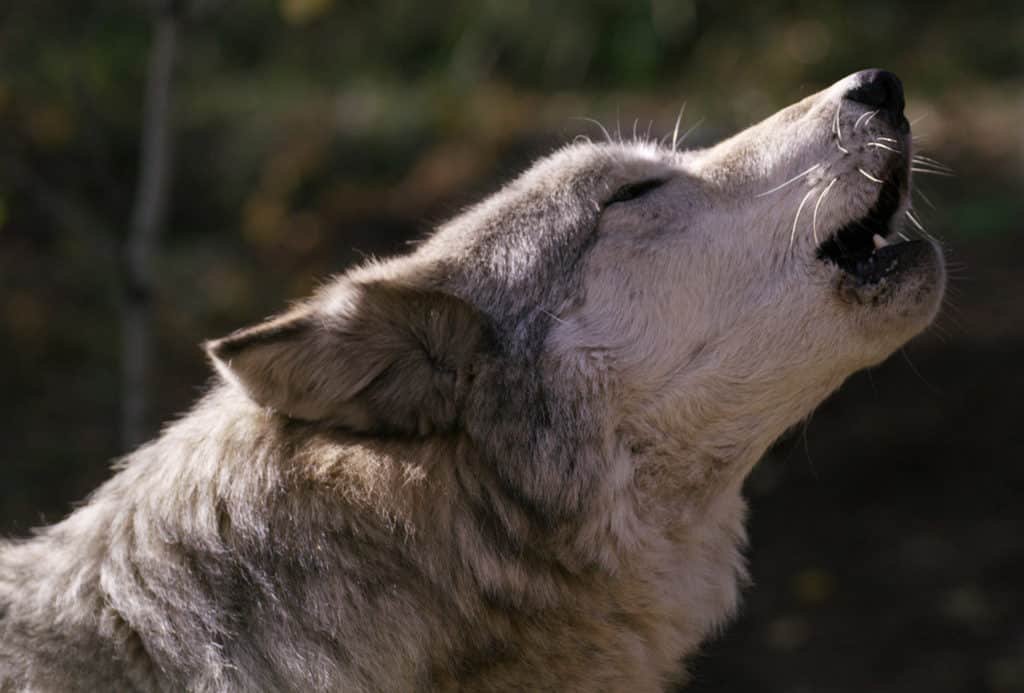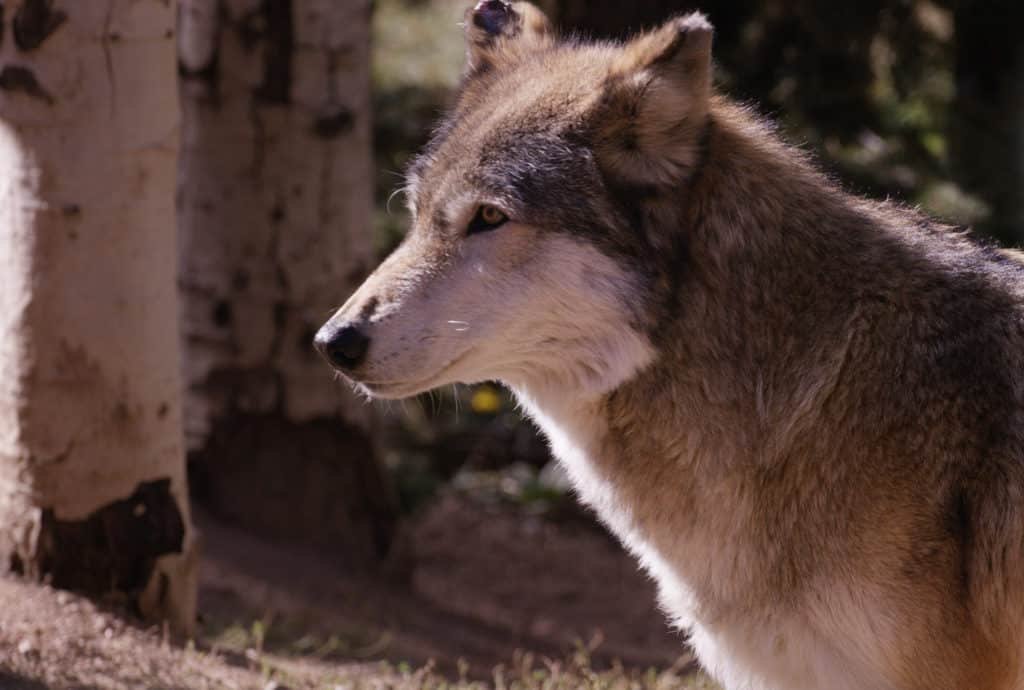Have you ever found yourself captivated by the idea of having a wolf as a pet? I mean, they’re such majestic creatures. The thought creeps into the mind, doesn’t it? But before you dash off to transform your living room into a scene out of the wilderness, let’s sift through some myths and facts. Hang on; there’s a lot more to it than you might guess. From misunderstood behavior to all those documentaries flashing in your head, wolves carry a mystique that’s enticing and bewildering, making them a favorite in both mythology and nature talks.

Myth 1: Wolves are Just Like Big Dogs
Reality Check: Wolves Have Distinct Behaviors
So, here’s where it gets tricky. A lot of people think wolves are just giant dogs. It’s kind of like thinking a horse is just a big pony. You see, while they share a genetic lineage with dogs, wolves have very different instincts and behaviors. Their social structures are complex, rooted in practices that don’t equate to our everyday doggy companionship.
Unlike many domesticated dogs, wolves are highly independent and territorial. They’re built for survival, born leaders of the wilderness team. Emotional bonds in a wolf pack are tightly knit—way more complex than fetch and belly rubs. This ain’t “Marley & Me” territory.
Table: Comparison of Wolves and Dogs
| Trait | Wolves | Dogs |
|---|---|---|
| Social Structure | Highly pack-oriented with clear roles | Varies, often depends on human-guided interaction |
| Temperament | Wary, instinct-driven | Generally, more adaptable and trainable |
| Independence | Highly independent | Typically more dependent on humans |
Myth 2: Wolves Can Be Tamed Like Dogs
Reality Check: Attachment Doesn’t Equal Taming
Now, let me dispel this notion right off the bat: wolves don’t do domestication the way dogs do. They can form attachments—but ‘tame’ is stretching it. Sure, there’s that delightful thought where wolves howl a serenade with you, but it’s not that poetic in reality. Their instincts remain intact, largely driving their actions and reactions. Even wolves raised in captivity inherently keep their wild streak. It’s their nature to avoid humans—something that’s genetically programmed, even in a semi-captive setting.
In some cases, wolves or wolf hybrids might show a semblance of domestic behaviour, but they’re unpredictable at best. Yes, you might think Loki the wolf loves playing in the backyard, but tomorrow he might decide that a garden gnome looks mighty tasty.
Myth 3: A Wolf Is Loyal Like Man’s Best Friend
Reality Check: The Definition of Loyalty Isn’t the Same
When it comes to loyalty, wolves are intensely devoted to their pack. Picture this: a bonded group working seamlessly, communicating in ways we often struggle to decipher. But translating that loyalty to humans doesn’t simply happen upon housebreaking them. Humans interpret loyalty through a lens that doesn’t match the natural behaviors of wolves.
For dogs, loyalty often means sticking by your side through thick and thin. Wolves maintain loyalty to a set of pack rules and survival needs. Human loyalty is rooted in emotional lines, whereas for wolves, it’s a social survival mechanism. They follow the leader based on earned respect, mutual role recognition, and survival strategies.
Myth 4: Wolves Make a Status Symbol
Reality Check: Wolves Don’t Understand Social Media
Alright, I know what you’re thinking. A girl in fairytale dresses with a pet wolf? Kind of gives off a bohemian Snow White vibe, right? Well, let’s tweak that daydream a bit with hard facts. Wolves don’t pose for the ‘gram, and they don’t particularly care whether their tail looks majestic at golden hour. They’re going to chew on the furniture and maybe even the squirrel in your backyard.
Wolves communicate through body language and vocalizations, and they’re not amused by Snapchat filters or hashtags. Owning a wolf to up your social media game is unrealistic and frankly, irresponsible. It’s like asking a unicorn to babysit an irritable dragon—the appeal ends quicker than you think.

Myth 5: Wolves Can Be Trained Like Domestic Pets
Reality Check: Training a Wolf is Largely Ineffective
Think back to your high school French teacher who insisted you’d ace ‘jeu de mots’. Did it happen? Training a wolf is somewhat akin to that. Sure, having a wolf respond to commands seems thrilling, but they are naturally pre-programmed to follow their instincts over human-designed drills.
Commands and cues require acceptance and comprehension, two features wolves don’t emphasize in their wild curriculum. They may abide by some routines or behaviors if conditioned from a young age, but ultimately, their inner spirits seldom submit to full human control. Unlike domestic dogs bred for compliance, a wolf’s responses remain wild and profound.
Reality 1: Wolves Demand Specialized Care
Understanding Their Real Needs
Let’s debunk another myth: wolves require a standard dog lifestyle. They don’t. Wolves need extensive space, structured environments, and a diet replicating their natural hunting endeavors. Trying to fit a wolf into a suburban setting is tough, like shoving a square peg into a round hole.
Wolves need special diets—forget kibble, think raw meats—and specific medical care that requires vets familiar with their species. Typical routine care doesn’t account for their unique health needs. Their lifespan, social activities, and stress responses differ significantly from our typical domestic pals.
Table: Basic Care Needs for Wolves
| Needs | Requirements |
|---|---|
| Diet | High-protein, raw meats |
| Exercise | Large, open spaces |
| Medical Care | Specialist veterinary care |
| Enrichment | Complex environmental engagement |

Reality 2: Legal and Ethical Considerations
The Fine Print: Laws and Ethics
Hold up—before your enthusiasm runs away with you, let’s chat legality. Keeping a wolf isn’t like owning a rabbit; restrictions and laws are in place protecting both the wolves and the community. Many places, especially in the United States, either severely regulate or completely prohibit wolf ownership. It’s to ensure their safety, your safety, and the ecosystem’s balance.
Moreover, there’s an ethical dilemma linked with removing wolves from their natural habitats. It’s akin to pulling a fish from water and setting it on a sunny patio; an unnatural fit that benefits neither party. Except, the consequences with wolves ripple further. Consider present conservation efforts—how do home-kept wolves affect the larger picture?
Myth 6: A Wolf Pet is Just a Unique Adventure
Reality Check: It’s a Responsibility Embedded with Risks
Now, the prospect of a ‘wolf adventure’ fires the curiosity, right? But toeing that line between imagination and realization brings risky business. Wolves aren’t just another pet adventure; they’re a lifestyle change wrapped with commitment, risk, and responsibility. A trip that is rarely reversible, demanding full acknowledgement upfront.
The freedom of wild adventures translates poorly to tame daily life. Ownership is filled with risks, both physical and emotional, from property damage to unforeseen aggression. It’s difficult to predict behavior, especially in stress-induced scenarios, reflecting the perpetual dance between taming and nature. Well, think less ‘National Geographic’ and more ‘chaotic enigma.’

Reality 3: Wolves Deserve Wild Spaces
The Big Picture: Conservation & Respect
Beyond myths and whims lies a fundamental truth: wolves fit best in the wild—running across vast landscapes, engaging in social hunts, and basking in their natural hierarchies. Capturing that essence within the confines of domestic living doesn’t transcend pup’s playtime escapades or family cuddles. It sequesters part of their nature, unnaturally, unfairly.
Ultimately, as stewards of the Earth, it falls upon us to respect nature by interacting with these animals in ways that sustain their well-being, just as the wilderness intended. There’s a magnificence interacting with wolves in sanctioned sanctuaries, where observation coincides with conservation—where they belong, ruggedly, beautifully wild.
Reality 4: Education Is Key to Understanding
Learning Beyond the Wolves
Embarking on a wolf information journey surpasses carnal attractions. Thumbing through knowledge unlocks respects, shattering preconceived notions. The myths built over coffee mug conversations or movie-laden nights starkly contrast the biological intricacies and lived simplicity of wolf existence.
Take the opportunity to extend this discourse around friends and communities. Use literature, seminars, and documentaries to widen perspectives, embedding wolves in hearts while sparing them bedrooms. Allow facts to weave stories—stories celebrating their nature without needing fandom ownership. True understanding transcends pet myths, embracing wild span. Educating ourselves and others builds new connections, fueling community narratives that coincide with sustainable practices, neonatal understanding, and respect for these majestic creatures.
So, maybe time to skip purchasing that wolf pup and instead, usher the appreciation for these wonderful animals through education and conservation. Keeping wolves as pets isn’t just a personal choice; it’s one that lingers across ethical, environmental, and legal canvases. Let’s champion their freedom, echoing howls over hills, rather than echoes through fenced hallways. That’s the reality of wolves: beautifully untamed and brilliantly wild.



